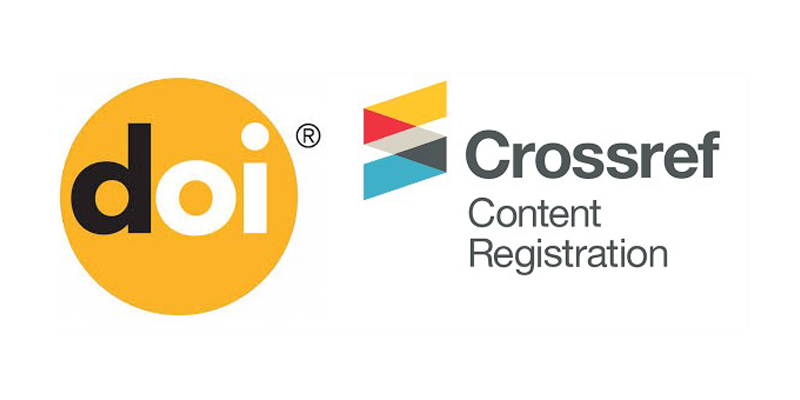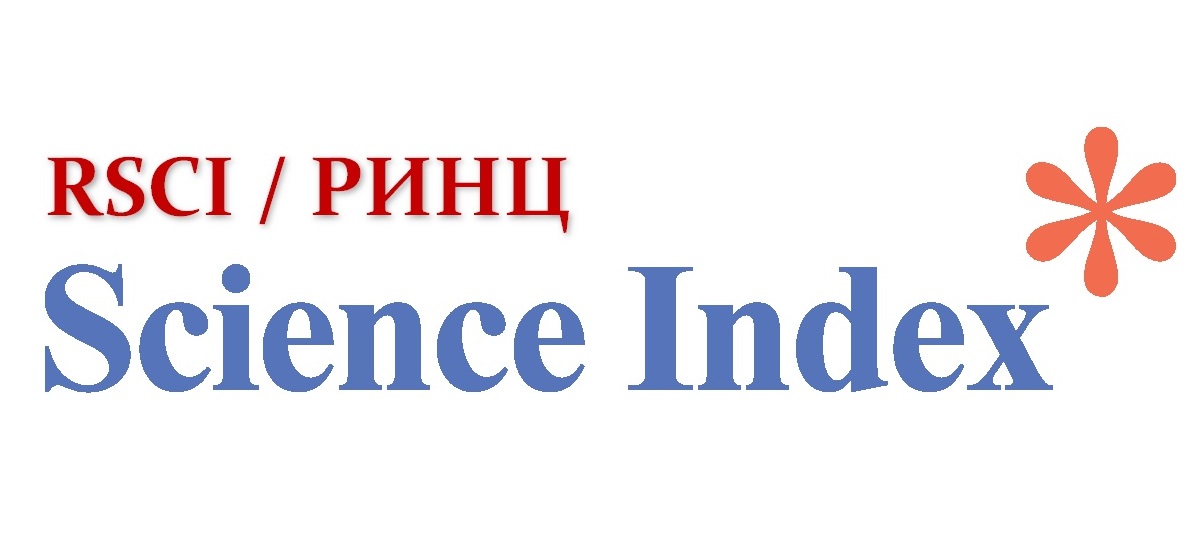Development of a Mobile Application for the Detection and Notification of Road Accidents
Views: 405 / PDF downloads: 211
DOI:
https://doi.org/10.32523/2616-7263-2025-150-1-31-45Keywords:
mobile alert applications, road safety, accident traffic, crash detection, mobile applications, car accidentAbstract
For the last few decades, road accidents have been experienced at an exponential rate across the globe hence the need for efficient emergency response systems. However, the current conventional car accident detection systems lack the ability to be installed in ordinary car brands and are exclusively costly. Mobile disaster alert applications provide one example using smartphone application to alert the disaster response services. This systematic review examines the latest developments in the field of mobile applications for traffic safety alerts, focusing on their potential in terms of emergency response time and improving user convenience. The main purpose of this review is to evaluate the effectiveness of mobile accident warning applications and their usability. Studies from academic databases, including Google Scholar, Scopus, JSTORE, and IEEE Xplore, published since 2010 were reviewed. Inclusion criteria included studies that examined mobile-based applications for road safety, with a focus on real-time notification and usability testing. The results indicate that mobile alert applications can significantly improve emergency response times, especially when equipped with automated notification. This work contributes to the field of public safety by emphasizing the accessibility and scalability of mobile road safety solutions, and by highlighting areas for improvement in usability and reliability.







